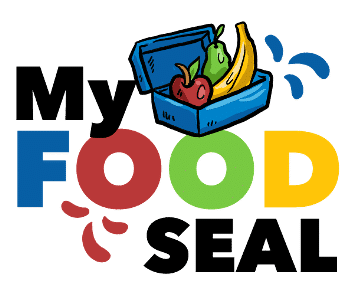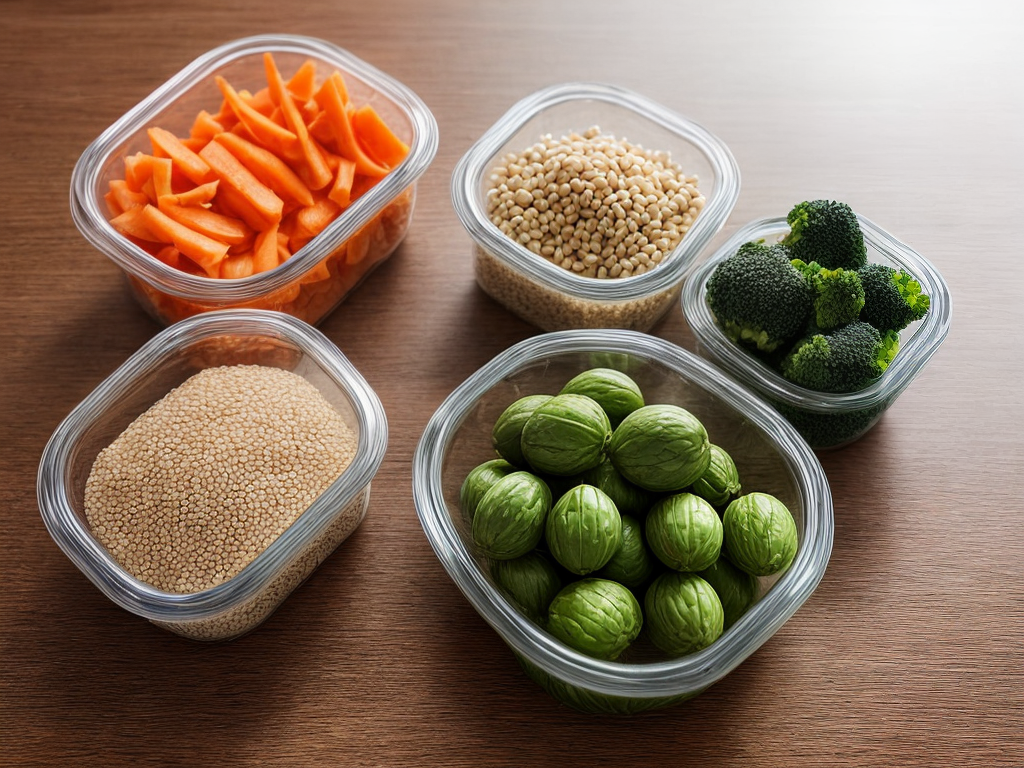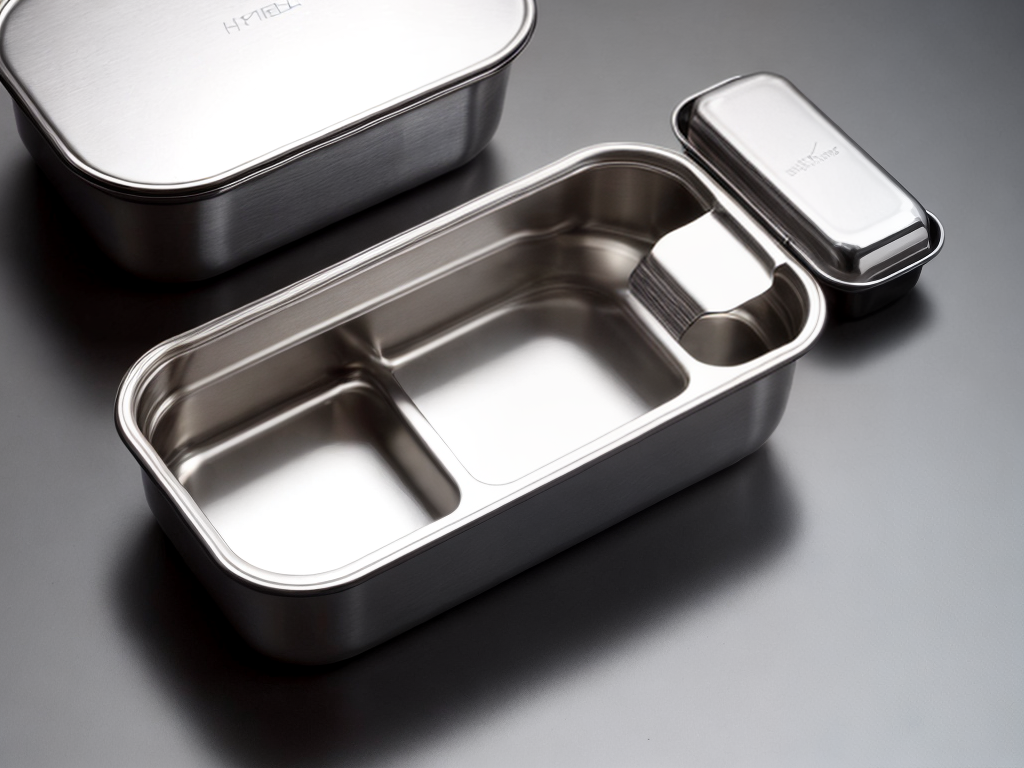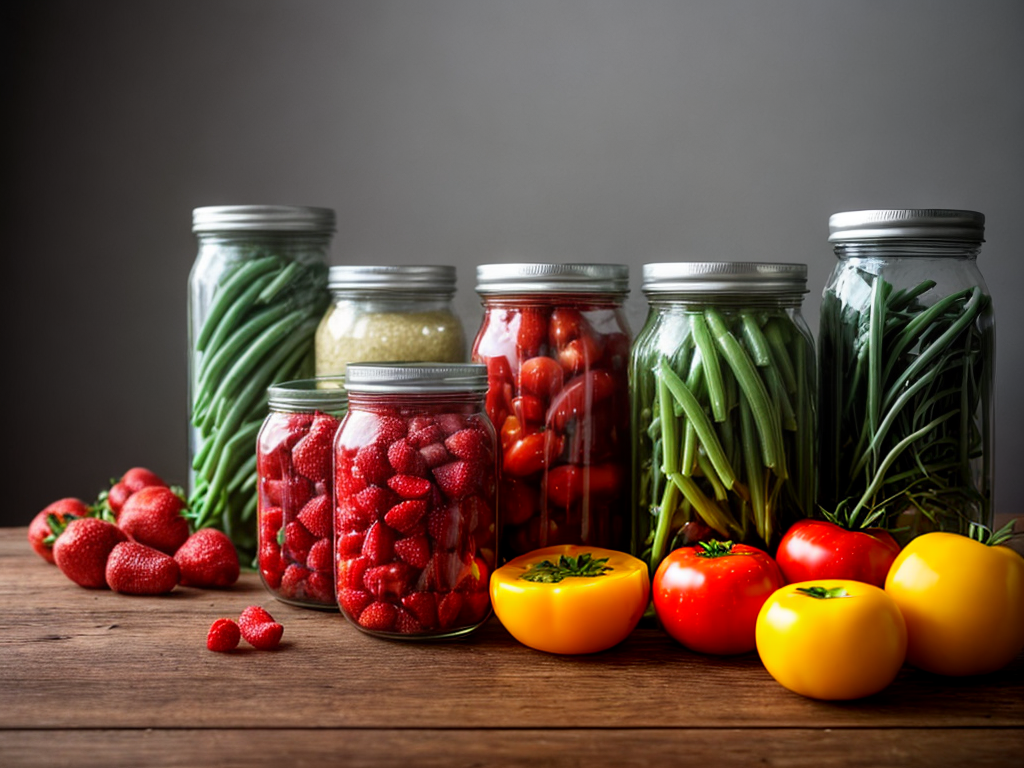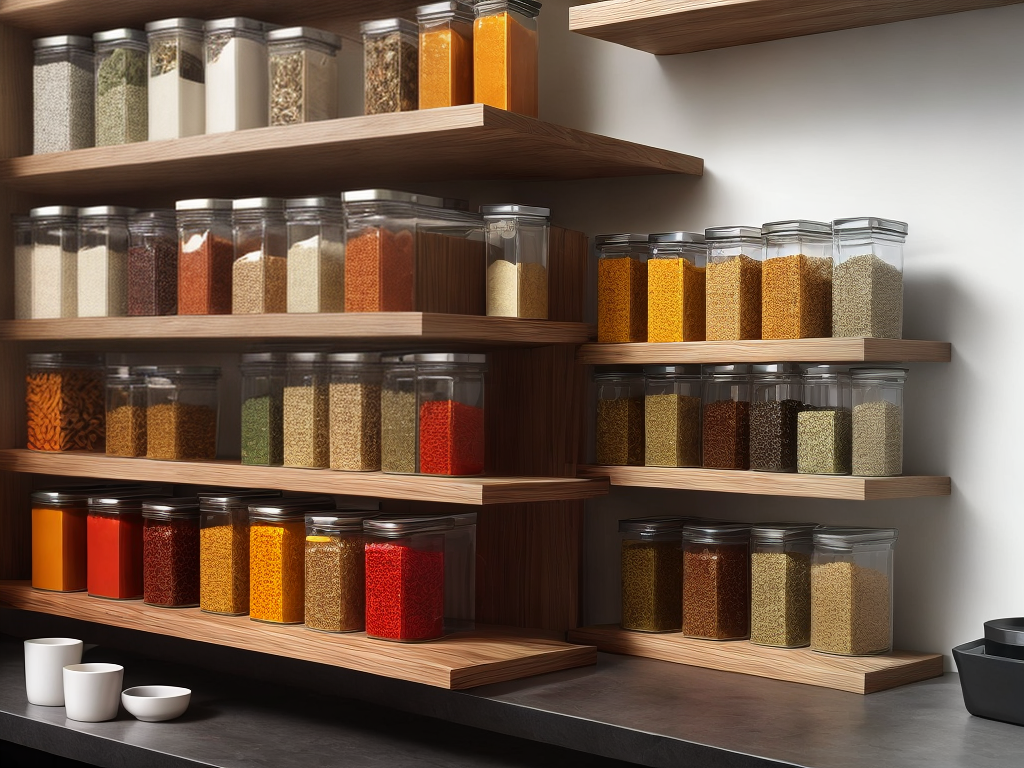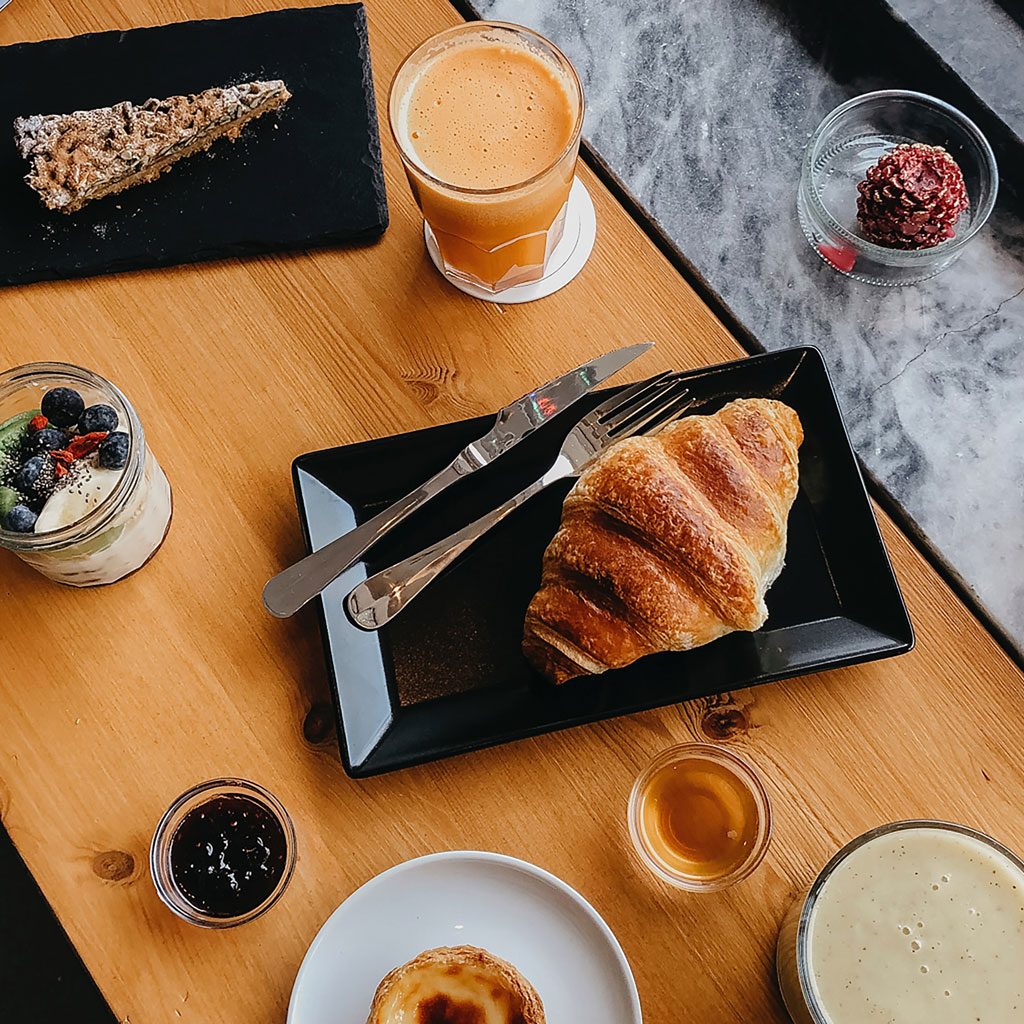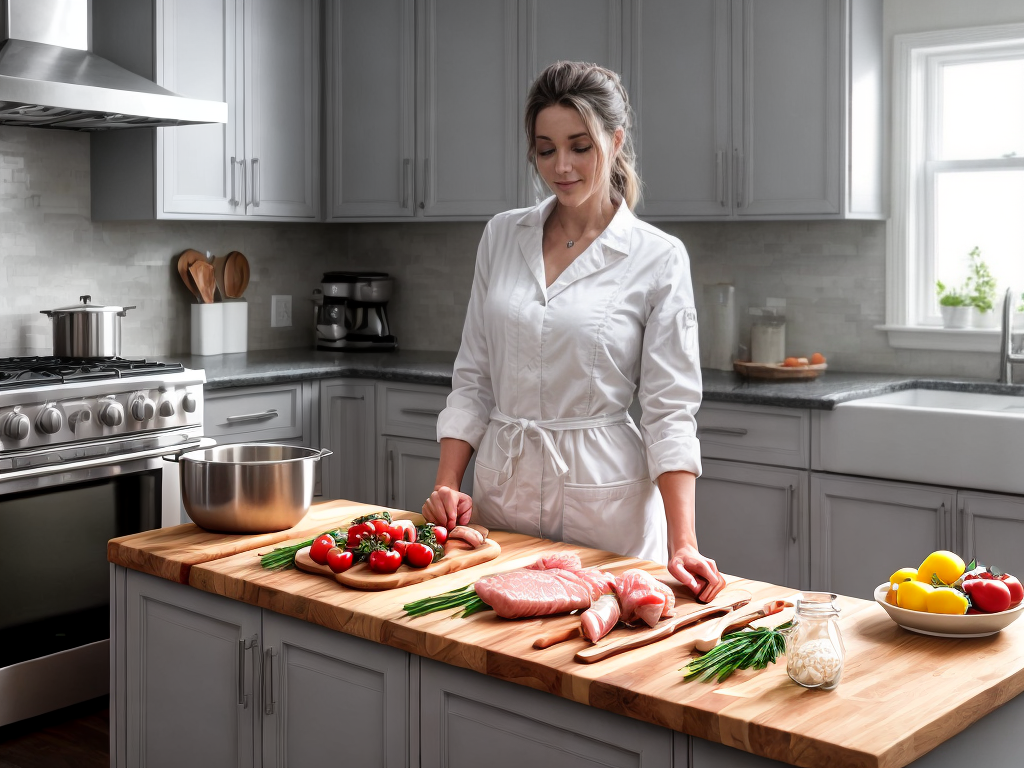
By sheer luck, I stumbled upon a topic that could potentially save you from a kitchen disaster. Cross-contamination in your kitchen is a sneaky culprit that can lead to foodborne illnesses and ruin your meal. But fear not, my fellow home cooks, because I’ve got some tips and tricks up my sleeve to help you avoid this culinary nightmare. Stick around to discover the proper handwashing techniques, the importance of separate cutting boards, safe handling of raw meats, cleaning and disinfecting surfaces and utensils, storing food correctly in the fridge, and even educating your family on kitchen safety. Trust me, you won’t want to miss out on these essential kitchen skills.
Proper Handwashing Techniques
To ensure proper hygiene and prevent cross-contamination in the kitchen, it is essential to master the art of thorough and effective handwashing. This simple yet crucial step is often overlooked or rushed, but it plays a significant role in keeping our food safe and our kitchen clean.
Firstly, it is important to wash your hands with warm water and soap for at least 20 seconds. Be sure to lather all parts of your hands, including the backs, between the fingers, and under the nails. Using hand sanitizer is a convenient alternative when soap and water are not readily available, but it should not replace proper handwashing whenever possible.
Once you have thoroughly washed your hands, it is equally important to dry them properly. Wet hands can easily transfer bacteria, so use a clean towel or air dryer to remove all moisture. Avoid using reusable towels for drying hands, as they can become a breeding ground for bacteria if not washed and replaced regularly.
Separate Cutting Boards for Different Foods
When it comes to preventing cross-contamination in the kitchen, one important step is to use separate cutting boards for different types of foods. This helps to avoid mixing bacteria from raw meats with vegetables, reducing the risk of foodborne illnesses. It’s also important to have separate boards for raw and cooked foods to prevent any potential recontamination.
Meat Vs. Vegetables
Using separate cutting boards for meat and vegetables is essential for preventing cross-contamination in the kitchen. Proper meat preparation involves handling raw meat, which may contain harmful bacteria such as Salmonella or E. coli. These bacteria can be easily transferred to other foods, including vegetables, if the same cutting board is used without proper cleaning. By using separate cutting boards, one for meat and another for vegetables, you can minimize the risk of cross-contamination. This practice ensures that any bacteria present on the meat does not come into contact with the vegetables, reducing the likelihood of foodborne illnesses. It is crucial to prioritize food safety by implementing this simple yet effective measure in your kitchen.
Raw Vs. Cooked
To ensure optimal food safety in the kitchen, it is crucial to use separate cutting boards for raw and cooked foods. Here are three reasons why this is important:
-
Cross-contamination risks: Raw foods, such as meat and poultry, can contain harmful bacteria like Salmonella or E. coli. If you use the same cutting board for raw and cooked foods, there is a high risk of transferring these bacteria to the cooked foods, increasing the chances of foodborne illnesses.
-
Preventing flavor transfer: Using separate cutting boards for raw and cooked foods helps to maintain the flavor integrity of each dish. By avoiding contact between raw and cooked ingredients, you can ensure that the flavors remain distinct and uncompromised.
-
Easy organization: Having designated cutting boards for raw and cooked foods promotes a systematic and organized approach in the kitchen. It reduces the chances of confusion and minimizes the risk of accidentally using the wrong cutting board for different foods.
Safe Handling of Raw Meats
When it comes to safe handling of raw meats, there are a few key points to keep in mind. First, proper storage is essential to prevent contamination. Make sure to store raw meats in sealed containers or bags to avoid any contact with other foods. Additionally, using separate cutting boards for raw meats can help minimize the risk of cross-contamination.
Proper Meat Storage
How can we ensure the safe handling of raw meats in our kitchen? Here are three key steps to properly store and handle raw meats:
-
Temperature Control: It is crucial to store raw meats at the right temperature to prevent bacterial growth. Refrigerate or freeze raw meats promptly after purchase to maintain their freshness. Keep your refrigerator temperature below 40°F (4°C) and your freezer temperature at 0°F (-18°C) to inhibit the growth of harmful bacteria.
-
Cross Contamination Prevention: To avoid cross-contamination, store raw meats in leak-proof containers or sealed plastic bags to prevent their juices from coming into contact with other foods. Keep raw meats on the bottom shelf or in a separate drawer to prevent any potential drips or spills from contaminating other items in the refrigerator.
-
Proper Labeling and Rotation: Label raw meats with their purchase date and use them within the recommended time frame. Use the “first in, first out” rule to ensure older meats are used before newer ones, minimizing the risk of spoilage.
Separate Cutting Boards
Using separate cutting boards is essential for the safe handling of raw meats in the kitchen. It is important to prevent cross-contamination and ensure food safety. By dedicating one cutting board exclusively for raw meats, you reduce the risk of harmful bacteria spreading to other foods. This practice helps maintain a clean and sanitary environment in your kitchen. When preparing raw meats, make sure to use a separate cutting board to avoid any potential contamination. This simple step can greatly reduce the likelihood of foodborne illnesses. Remember to thoroughly clean and sanitize the cutting board after each use to maintain optimal hygiene. By following these guidelines, you can effectively prevent cross-contamination and promote food safety in your kitchen.
Cleaning and Disinfecting Surfaces and Utensils
To ensure a clean and safe kitchen environment, it is essential to regularly clean and disinfect surfaces and utensils. Here are three important steps to follow when cleaning and disinfecting:
-
Choose the right cleaning products: Select cleaning products that are specifically designed for kitchen surfaces and utensils. Look for labels that indicate they are effective against bacteria, viruses, and other pathogens. Avoid using abrasive cleaners that can damage surfaces and utensils.
-
Follow proper sanitizing methods: Start by thoroughly washing surfaces and utensils with hot, soapy water to remove any dirt and debris. Rinse them thoroughly and then sanitize using a disinfectant solution or sanitizing wipes. Make sure to follow the instructions on the cleaning product for the recommended contact time to effectively kill any germs.
-
Pay attention to high-touch areas: Focus on cleaning and disinfecting high-touch areas, such as countertops, cutting boards, knives, and handles of utensils. These areas are more likely to harbor bacteria and viruses. Regularly clean and disinfect them, especially after handling raw meat, poultry, or seafood.
Storing Food Correctly in the Fridge
I always make sure to store my food correctly in the fridge to maintain its freshness and prevent any cross-contamination. One important aspect of proper food storage is maintaining the fridge at the proper temperature. The ideal temperature for a fridge is below 40°F (4°C). This temperature slows down the growth of bacteria and helps to keep your food fresh for longer. To ensure that the fridge is at the right temperature, it is recommended to use a refrigerator thermometer.
Organizing the fridge is also crucial in preventing cross-contamination. I like to keep raw meats and seafood on the bottom shelf to prevent any potential drips from contaminating other foods. I use separate containers or Ziploc bags to store raw meats and seafood to further minimize the risk of cross-contamination. It is also important to keep ready-to-eat foods like fruits, vegetables, and leftovers in separate containers and away from raw foods.
Educating Your Family on Kitchen Safety
Educating your family on kitchen safety is essential to ensure a safe and healthy cooking environment. By teaching your kids about kitchen safety, you can instill good habits and create a positive experience during family mealtime. Here are three key points to focus on when educating your family on kitchen safety:
-
Start with the basics: Teach your kids about the potential dangers in the kitchen, such as hot surfaces, sharp objects, and electrical appliances. Show them how to safely use kitchen tools and equipment, emphasizing the importance of using oven mitts, cutting away from their hands, and turning off appliances when not in use.
-
Practice proper hygiene: Teach your family about the importance of washing hands before and after handling food. Show them how to properly handle raw meat, using separate cutting boards and utensils to avoid cross-contamination. Encourage them to clean up spills immediately to prevent slips and falls.
-
Create a safe cooking environment: Teach your family about fire safety, such as keeping flammable items away from the stove and never leaving cooking unattended. Show them how to use oven mitts and pot holders correctly to prevent burns. Install safety measures like stove guards and childproof locks to keep younger children safe.
Conclusion
In conclusion, practicing proper hygiene, using separate cutting boards, handling raw meats safely, regularly cleaning and disinfecting surfaces and utensils, and storing food correctly in the fridge are essential steps to avoid cross-contamination in your kitchen. By educating your family on kitchen safety, you can ensure a healthy and safe environment for preparing and enjoying meals. Remember, taking these precautions will help protect against foodborne illnesses and maintain the overall cleanliness of your kitchen.
